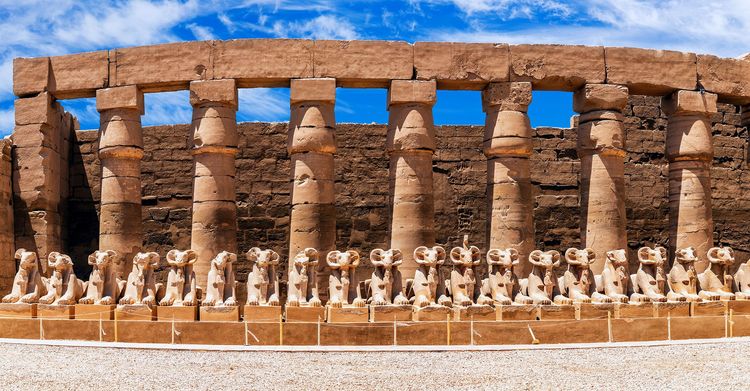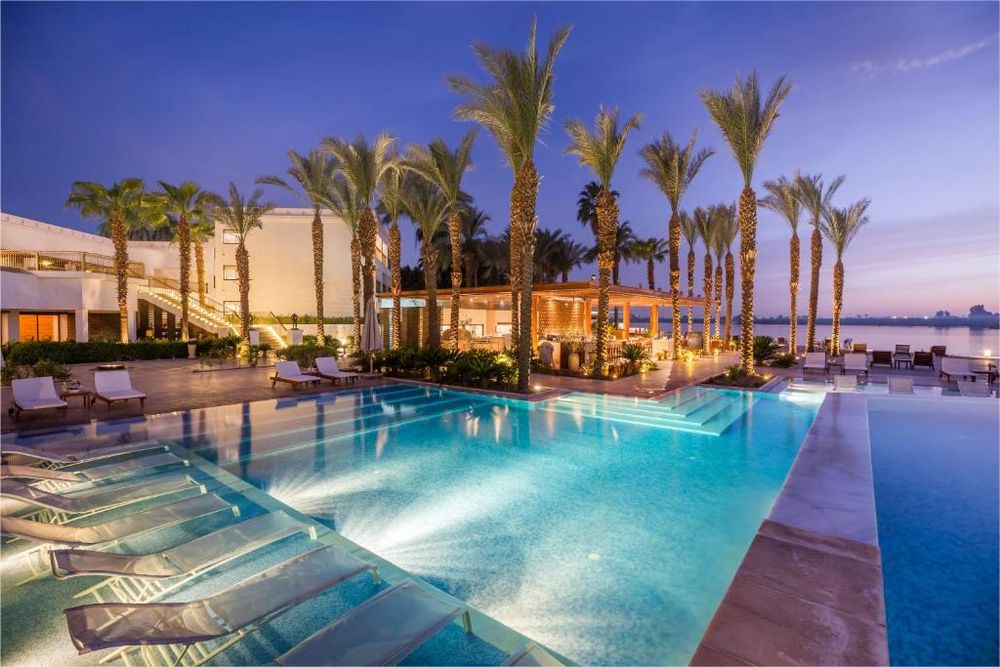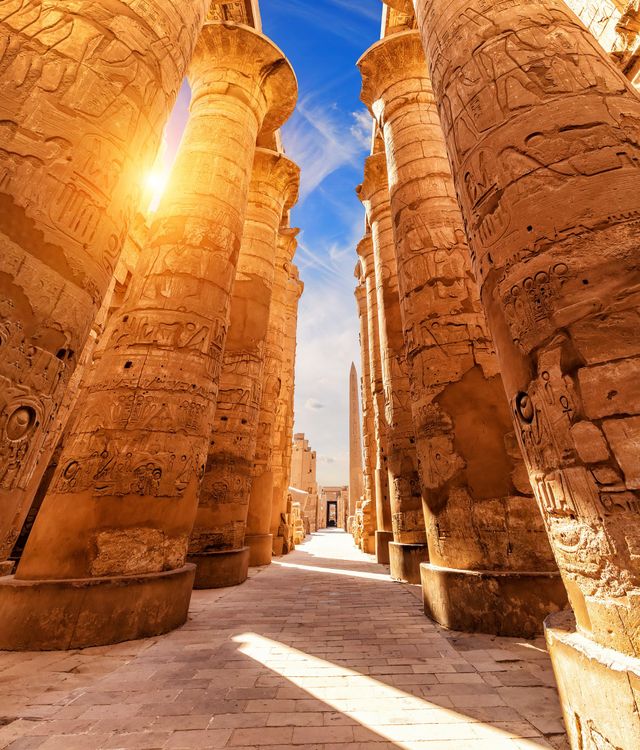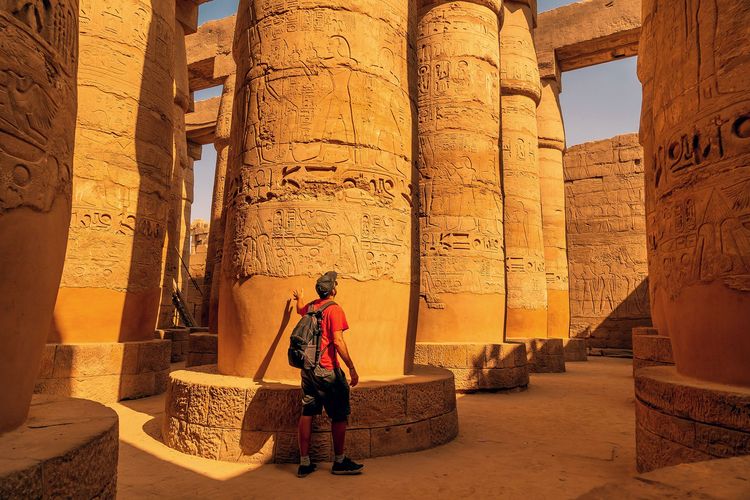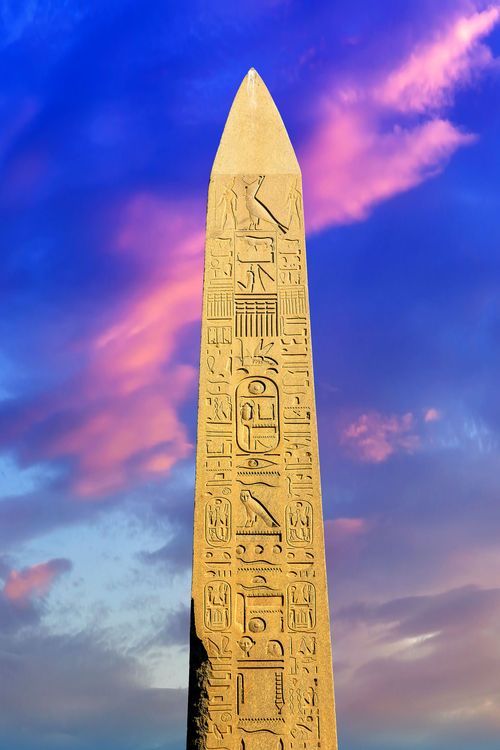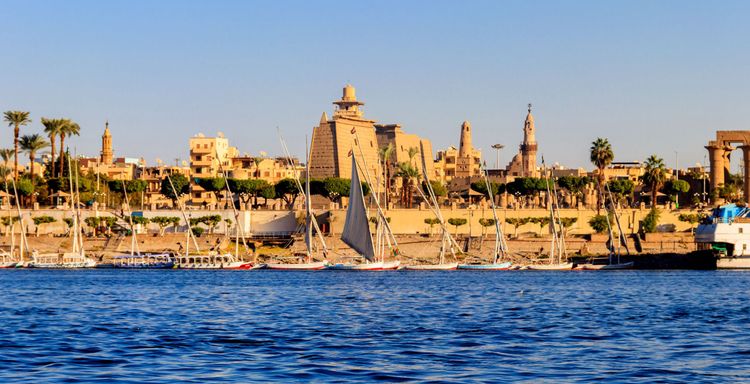First of all, if you're not already familiar with the area, make sure you get dropped off at the right place, as the Karnak complex is in Luxor, so it's easy to get dropped off at Luxor temple, especially as there are no signs once you're there.
We advise you to arrive as early as possible, as you know that visits are more enjoyable when there are few, if any, crowds posing in front of all the statues. Your resistance to the heat will also help, as even if you are travelling in winter, it could be over 40°C by midday and the visit to this 2 km² site will be long. Entrance to the Karnak temples opens at 6am. It may seem early, but this early start is designed for your comfort. However, it closes at 5pm.

